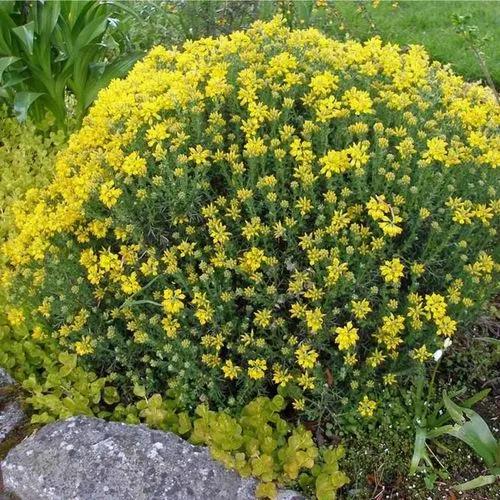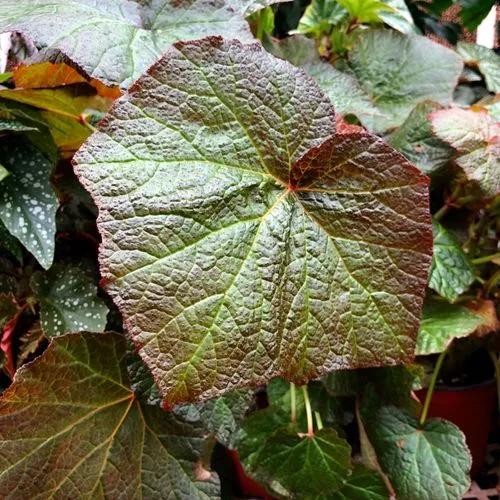Nuphar lutea, the yellow water-lily, or brandy-bottle, is an aquatic plant of the family Nymphaeaceae, native to temperate regions of Europe, northwest Africa, and western Asia.
Yellow-water-lily Care
Nuphar lutea



Nuphar lutea, commonly called yellow pond lily or spatterdock, is a water lily-like hardy perennial commonly found in ponds, stream borders and sloughs. It is used in water gardens less than Nymphea (water lily) primarily because its flowers (2” diameter) are much smaller and much less ornamental. However, it has the advantage over Nymphea of being able to tolerate more shade and deeper water. It is more often used in large water gardens and ponds where it can develop underwater stems to as much as 6’ long and slowly spread to form sizeable colonies. Leaves and flowers emerge on separate stalks from thick underground rhizomes. Flat, leathery, oval/heart-shaped, lilypad-like leaves (to 16” long) either stand erect above the water or float on the water surface. Submerged ruffled cabbage-like leaves are smaller. Fragrant globular cup-shaped greenish-yellow flowers appear from May to October. Each flower partially opens in the morning and closes at night, lasting about 4-5 days.
How to Care for the Plant

Water

It is best grown in still water up to 250 cm deep but it also tolerates slow moving water. The plant prefers shallow water.

Sunlight

It can be grown in full sun to part shade.

Soil

It thrives in poor, sandy soils.

Temperature

This plant is considered hardy in the areas with the lowest winter temperatures of −34.4°C (−30°F).

Container

It is advised to grow this plant in a container to prevent invasiveness.

Popularity

70 people already have this plant 33 people have added this plant to their wishlists
Discover more plants with the list below
Popular articles






